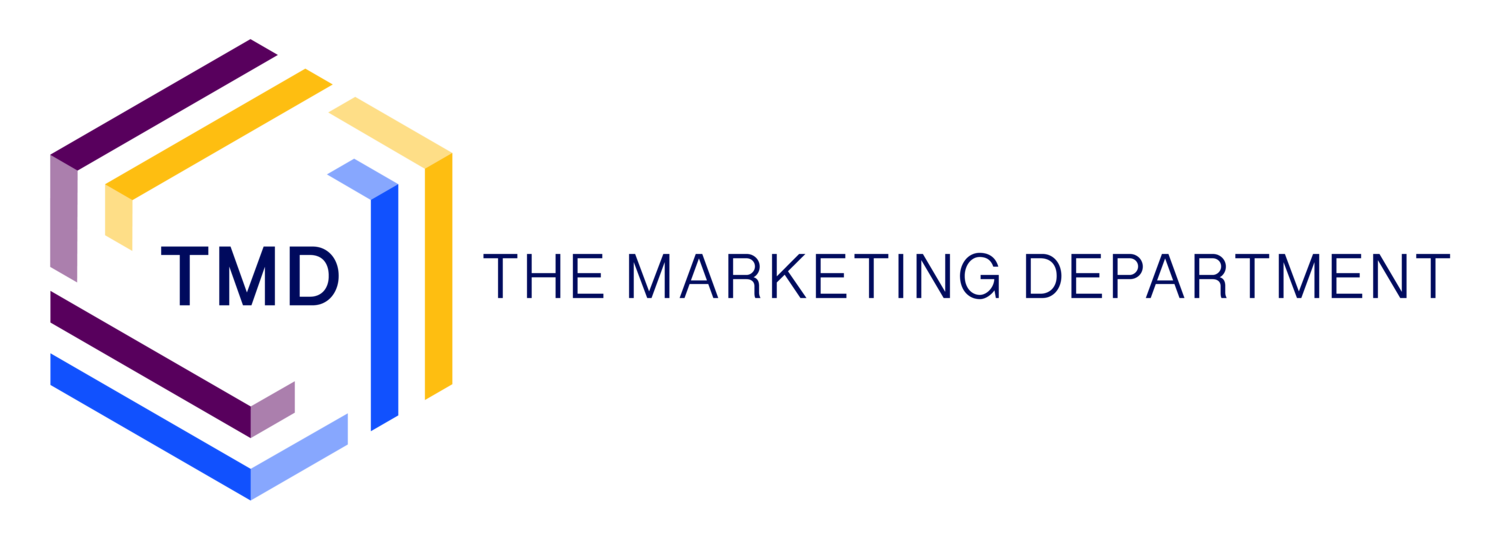When Everyone’s A Designer, No One Is?
Joey Baker
Marketing & Research Officer
Design-thinking is the norm for businesses in the 2020s. It is expected. When you boot up an iPad, it doesn’t just look good but it makes sense — design informs all aspects of how the product works.
Indeed, Apple is largely responsible for this trend, once differentiating itself through putting design at its heart. Now everyone is — designers are onboarded even before a tech startup’s first seed funding; product experience reigns supreme.
As such, there is huge demand in the business world for design, not just as it’s traditionally understood (i.e. as a service) but design as a philosophy. Everyone in any given company, from the CEO to the office manager to the intern, is presumed to have some kind of handle on design, or how they can use their creativity to make people’s lives easier. Design is universally understood to be important.
This is reflected in the boom of products that cater to this new market of non-traditional designers. Principal among these products is Canva, the online platform that prides itself on making graphic design accessible through its pre-designed templates and drag-and-drop features.
The rise of products such as Canva has taken many in the design industry on an interesting journey: excitement that people are finally giving design the respect and kudos it deserves quickly turns to resentment, and a bitter scramble to gatekeep design so that the traditional designer’s work retains its value.
After all, when everyone’s a designer …no one is?
Herein lies the traditional designer’s central gripe with design democratisation — it reinforces the perception that design is easy, anyone can do it and it isn’t worth investing in. Needless to say, this is pretty demoralising if you’ve spent years learning design principles and the intricacies of Adobe Creative Suite.
Naturally, TMD is no stranger to this attitude. We often have people approach us asking, “Why should I hire you when someone on [insert design platform here] says they can do the work for next to nothing?”. Our answer is always the same: “Well go and do that then”. The person that wants to take shortcuts is not the right client for us.
And that’s okay.
Because maybe one day they will be.
You see, it doesn’t take long to learn that using a template service like Canva makes one person’s designs look like everyone else’s, or that as soon as a design goes to production there will be a never-ending series of compatibility issues, colour matching difficulties and other problems. We know because we deal with these problems routinely — damage control following some Canva-related tomfoolery is part and parcel of agency life.
Far from squeezing the traditional designer out, these products in fact create new opportunities for traditional designers, giving the layperson a start on their design journey so that when they’re ready to level up; we can step in. Quick n’ easy design is popular because design is popular across the board, and that’s something you certainly won’t hear us complaining about.
And so, is it so bad that everyone’s a designer?
Only if you’re all out of ideas.
To discuss how we can help you achieve your branding and design goals, get in touch with our helpful team.



